October 23, 2025
Life After Dark: What Goes on in the Forest
Nightdwellers – plants, animals, fungi – have adapted an entire ecology around the absence of light. Some are active at night for safety, some for conserving energy, and some to avoid extreme temperatures. Explore the lifeforms that can be found in the shadows around Atlanta and discover their amazing nocturnal adaptations. It’s a whole new world after dark!
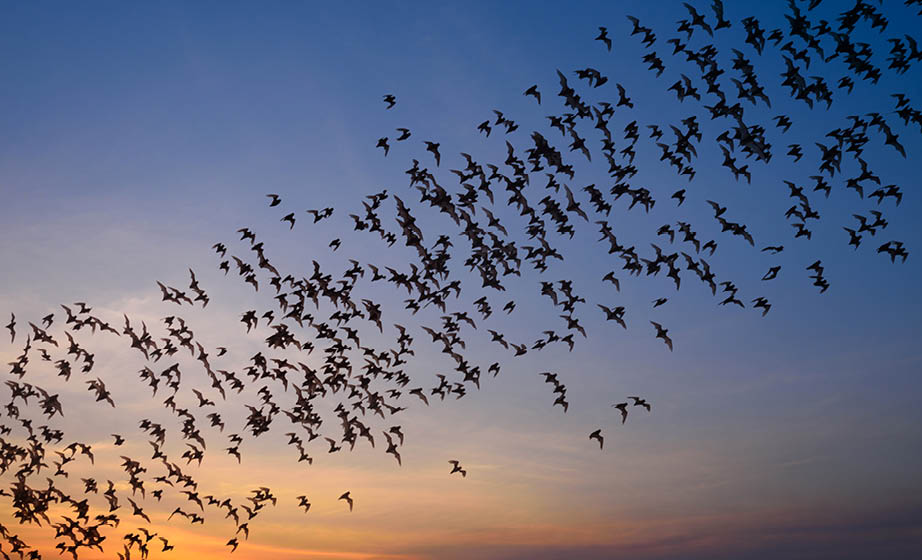
Bats
At dusk, the skies burst into a flurry of tiny, graceful fliers that emerge and begin their feverish nightly hunt for moths, beetles and other insects. In Georgia, Eastern red bats and big, as well as little, brown bats are part of these evening aerial displays.
Contrary to the popular phrase “blind as a bat,” bats are not blind, but instead can see about as well as humans. However, that means they cannot see very well at night. Instead of relying on their eyes to find their food, bats use echolocation as their superpower. Like radar, bats produce ultrasonic sounds and listen to how the sounds bounce back after hitting an object. This gives bats an image of their surroundings based on sound rather than sight.
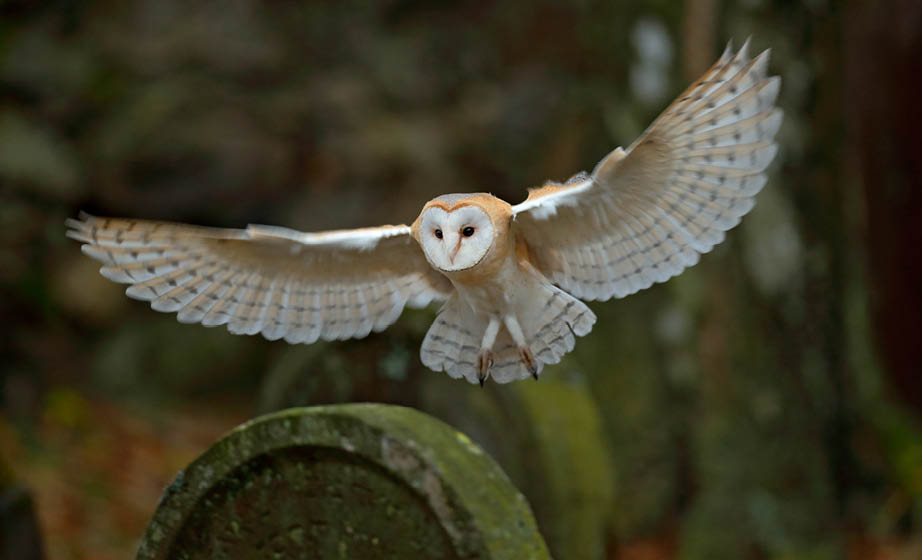
Owls
Owls have some of the most impressive nocturnal adaptations. Their sight, hearing and even body shape have evolved to make them the ultimate nighttime predator. Several large species of owls call Georgia home, including the barred and great horned owls.
To find their prey at night, owls have expanded retina with a high concentration of rods – the cells that allow vertebrates to perceive light – making their vision acute even in the darkest forests. Their asymmetrical ears also allow them to pinpoint the exact location of a noise from a distance.
Owls are also highly adept at catching prey. Their feathers are frayed on one side, which allows them to glide through the air silently, and their feet have a grip strength about five times a human’s grip. These adaptations make them formidable nighttime hunters.
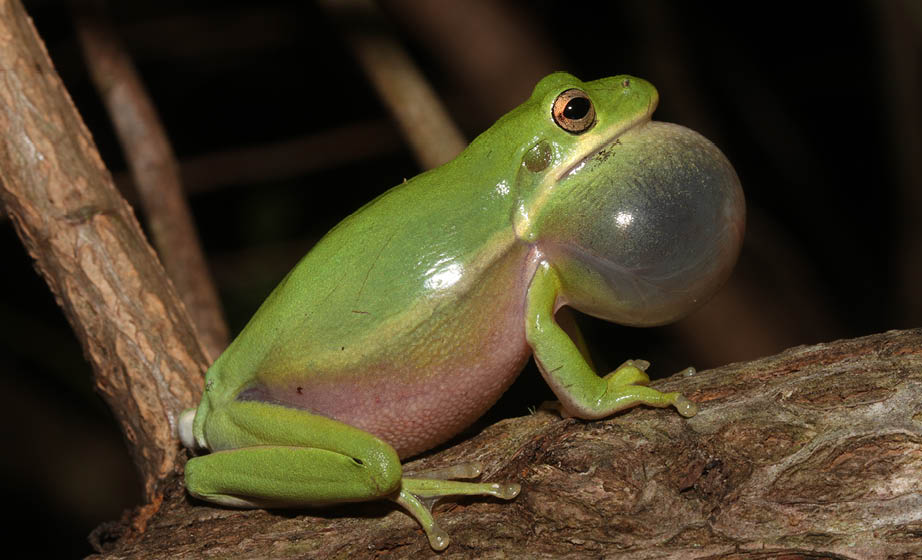
Frogs & Toads
Many nocturnal animals rely on silence to protect them at night. Frogs and toads, on the other hand, are very noisy, creating vocal choruses throughout the night to stake territory and find mates. They sometimes congregate in large numbers near ponds where their vocalizations can be raucous.
Frogs and toads have several adaptations that allow them to live in the dark. They have cat-like pupils that dilate at night, allowing them to take in as much light as possible. They also have excellent hearing thanks to their tympanums, or external ear drums.
Any would-be predators may find themselves hallucinating or ill after trying to take a bite of a frog or toad since both animals produce poison as a form of protection. Toads have special glands behind their eyes that will squirt poison if squeezed. Frogs, on the other hand, secrete poison all over their body.
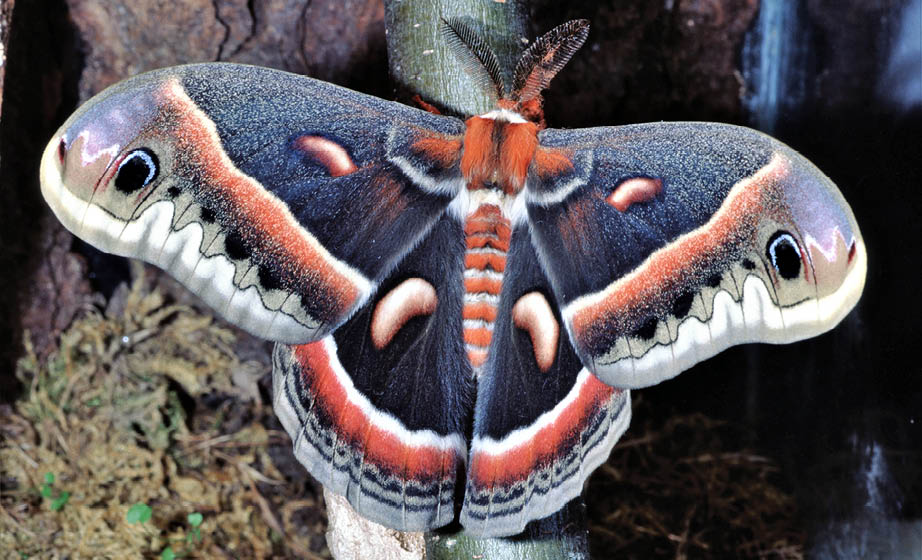
Moths
Moths are primarily nocturnal and can often be found around porch- or streetlights. They travel and orient themselves using the light of the moon and stars – a process called transverse orientation – so artificial light sources confuse and attract them. This is a boon for predators, like bats, who can find high-calorie moths or beetles in droves at these light sources.
Moths and butterflies are similar in appearance but have some distinctive features. Moths are usually drabber in color to camouflage at night, and they use their fuzzy antennae for “smelling” their way around. Alternatively, butterflies tend to be brightly colored and use their sense of sight to locate flowering plants to feed on nectar during the day. Both groups are pollinators and are highly important for their ecosyste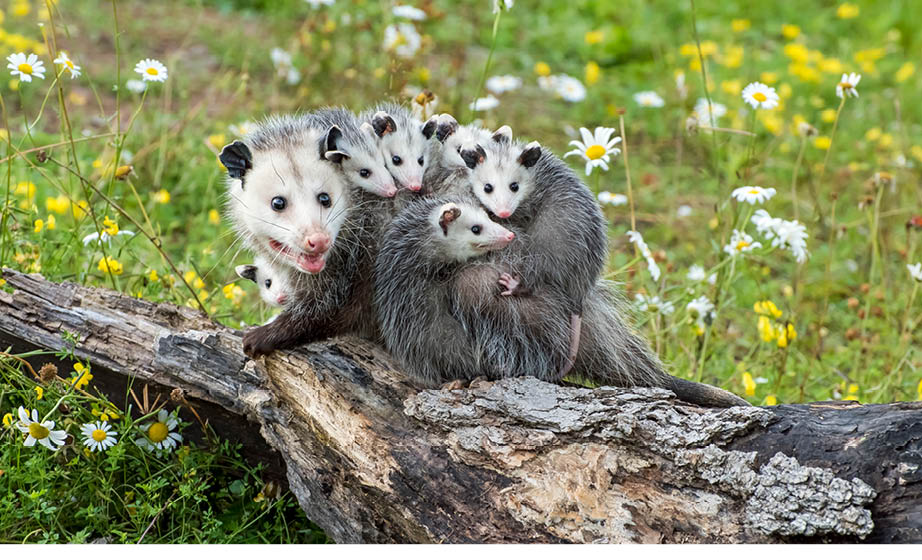
Opossums
Finding an opossum at night may be a startling experience. With their hairless tail, squat body and 50 sharp teeth, they can certainly put on a good act. But the truth is, they are nocturnal because it’s their best defense. Opossums aren’t very quick or fearsome, so moving around in the dark hides them from predators.
Unlike some other native species, opossums are naturally resistant to rabies because their body temperature is too low for the virus. They are omnivorous and will eat almost anything, but one staple of their diet is ticks, which can spread disease to humans. And although they look like rats to some, they are actually North America’s only native marsupial.
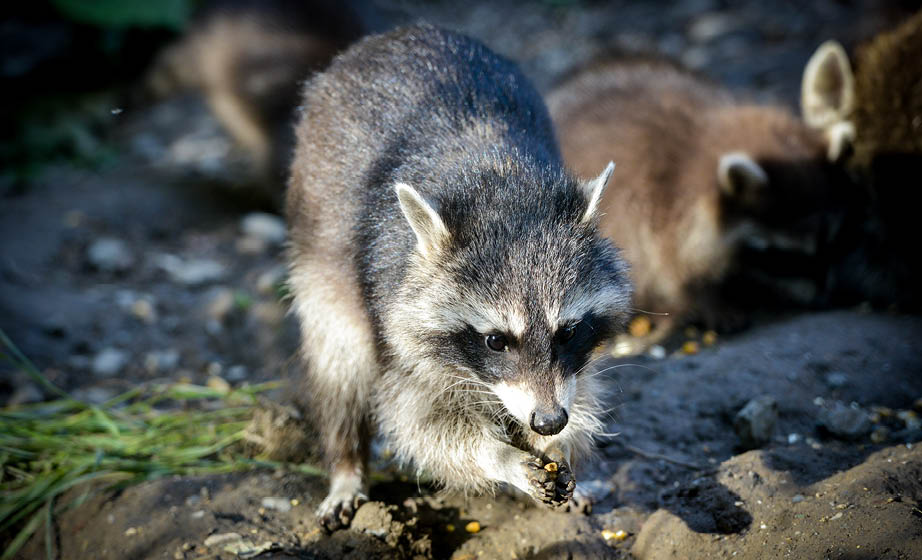
Raccoons
Raccoons are notorious for eating just about anything. Although homeowners often find raccoons dining on trashcan buffets, they actually have somewhat refined tastes and will even have favorite foods. Like humans, raccoons are also omnivores, which means they can eat both plant material and meat from various sources.
Forest raccoons, like those found in Fernbank Forest, have a very refined diet based on what can be found in their immediate environment. At night, these raccoons will sneak out to a nearby stream or pond and use their highly sensitive paws to search for shellfish in the water. They’ll pick out small mussels and crayfish for dinner and follow their high-protein meal with local acorns, nuts or fruits for dessert.
Want to (possibly) see some of these nocturnal friends in person? Check out our Calendar of Events for a Guided Evening Hike!









